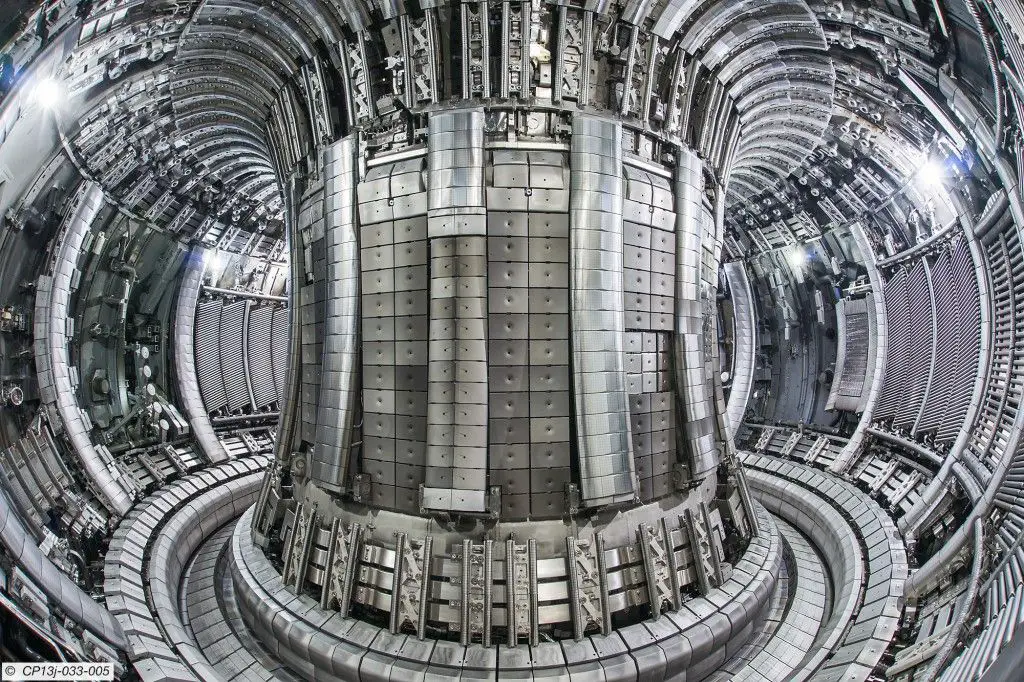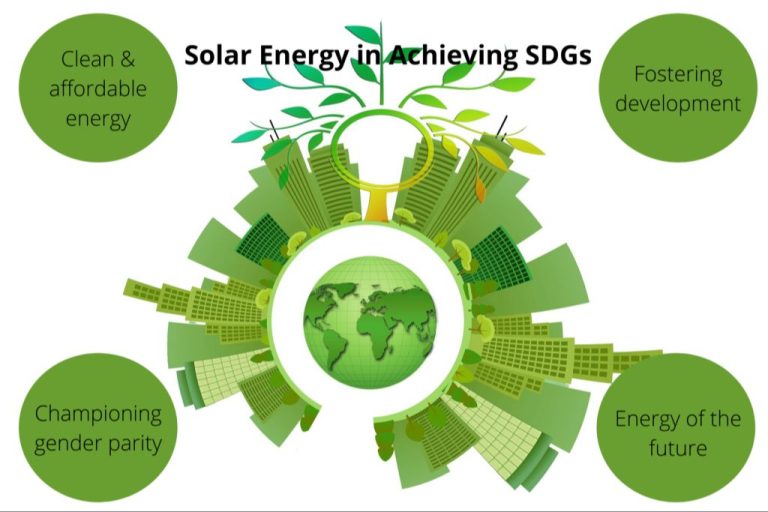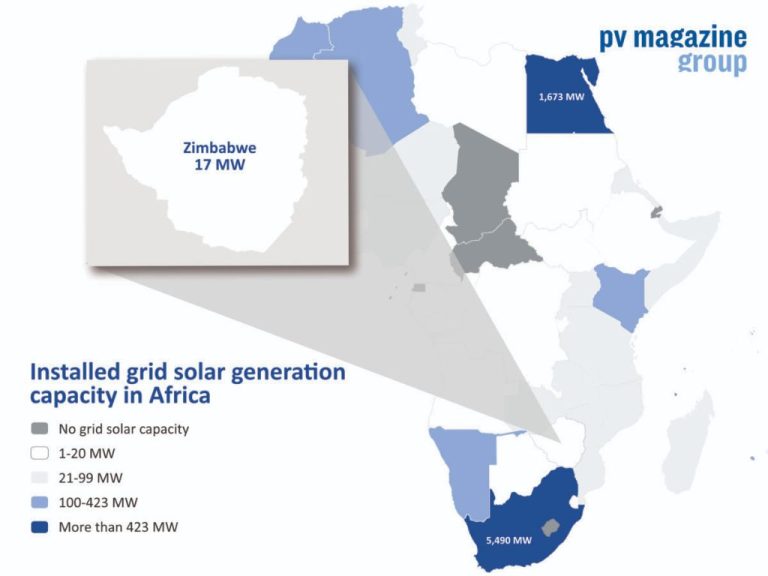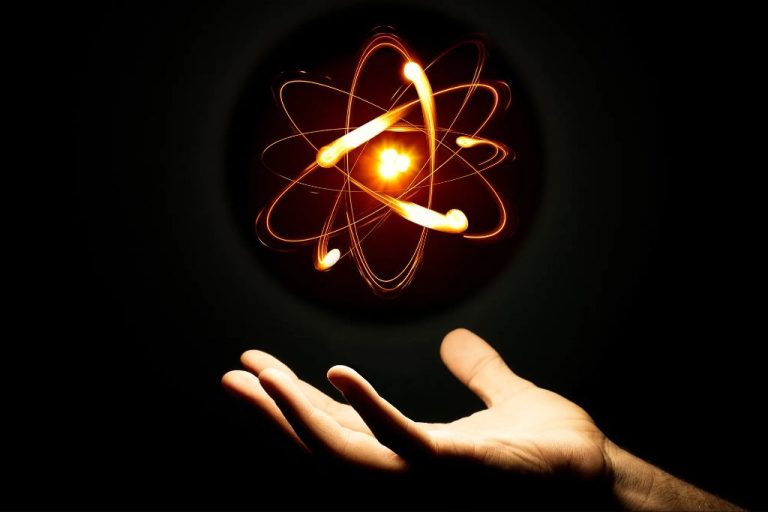Is Fusion Energy Actually Possible?

Nuclear fusion energy involves fusing together light atomic nuclei to form heavier nuclei, releasing massive amounts of energy in the process. Fusion reactions power the sun and other stars, but creating fusion energy on Earth is extremely challenging.
If harnessed, fusion energy could provide a nearly limitless, clean energy source with abundant and widespread fuels. For decades, scientists have pursued fusion energy as a “holy grail” of carbon-free power. While significant hurdles remain, progress is accelerating and many experts believe fusion may become viable within the next few decades.
This article provides an overview of the science behind fusion energy, current research efforts, remaining challenges, alternative confinement concepts, key players, timelines, and the future outlook for fusion potentially becoming a practical energy source.
How Fusion Works
Nuclear fusion is the process by which two light atomic nuclei combine to form a single heavier nucleus, releasing a tremendous amount of energy in the process. Fusion reactions power the sun and other stars (DOE Explains…Nuclear Fusion Reactions). The most promising fusion reaction for energy production on Earth is the fusion of two hydrogen isotopes – deuterium and tritium – to form helium. This reaction releases energy as neutrons and helium nuclei, which can generate electricity (DOE Explains…Nuclear Fusion Reactions).
Fusion is different from nuclear fission, the process used in nuclear power plants today. In fission, a heavy atomic nucleus like uranium or plutonium splits into two lighter nuclei, releasing energy in the process. Fusion, in contrast, combines lighter nuclei into heavier ones (What is Fusion, and Why Is It So Difficult to Achieve?). The fuels needed for fission are relatively scarce, while the light isotope fuels needed for fusion are readily available.
Advantages of Fusion
One of the main advantages of fusion energy is that the fuel source is clean, abundant and widespread. The process of nuclear fusion relies on fusing atomic nuclei, which releases large amounts of energy and creates no long-lived radioactive waste in the process. This provides a huge advantage over conventional nuclear fission reactors, which use radioactive elements like uranium that create harmful radioactive waste as a byproduct. Fusion fuel sources like hydrogen isotopes can be extracted from seawater, so they are abundant and widely available.
Additionally, fusion reactions cannot runaway like fission reactions can. This means that there is no risk of a meltdown with fusion energy. The circumstances required to fuse atoms together are very precise, so any disruption in the process would simply halt the fusion reaction rather than lead to an uncontrolled chain reaction. This makes fusion reactors intrinsically fail-safe and avoids the safety concerns associated with conventional nuclear power.
Overall, fusion offers the prospect of an abundant, widely available source of clean energy without the downsides of radioactive waste or meltdown risks. If the scientific and engineering challenges can be overcome, fusion could provide a revolutionary new energy source for society.
Current Fusion Research
Much of the current research on fusion energy is focused on tokamak reactors like the ITER experiment in France. ITER is an international collaboration working to build the world’s largest tokamak reactor with the goal of producing a ten-fold return on energy input. Tokamaks use powerful magnetic fields to contain and control the fusion plasma. The donut-shaped chamber allows the plasma to be heated to over 150 million degrees Celsius. ITER is expected to begin fusion experiments in 2025.
Another major fusion experiment is the National Ignition Facility (NIF) at Lawrence Livermore National Laboratory in the United States. NIF uses the world’s largest and highest-energy laser system to heat and compress a small pellet of fusion fuel to the conditions needed for nuclear fusion. In 2021, NIF’s 192 laser beams delivered over 1.3 million joules of energy to achieve a fusion yield of 1.35 megajoules, reaching a key milestone.
Stellarators like the Wendelstein 7-X in Germany provide an alternative confinement approach that uses twisted coils to shape the magnetic field. Stellarators are hoped to achieve steady-state fusion operations without interruptions. Many other tokamak and stellarator experiments are being pursued by research centers around the world to further refine and improve plasma confinement and stability for fusion.
Challenges of Fusion
There are significant scientific and engineering challenges involved in harnessing fusion energy. The main challenges are producing and sustaining the extreme temperatures and pressures required and confining the plasma in a stable state long enough for fusion to occur. According to the IAEA, the temperature required for fusion is around 150 million°C, while the pressure is 200 billion times atmospheric pressure. These conditions are necessary for fusion reactions to take place, but recreating them on Earth is extraordinarily difficult.
One key challenge involves the “fusion triple product” – the product of plasma density, confinement time, and temperature. This value needs to exceed a certain threshold for net energy gain, where more energy is produced through fusion than required to initiate the reaction. So far, experiments have only briefly reached the conditions for net energy gain. A sustained “burning plasma” state has not yet been achieved.
There are also difficulties in maintaining stability of the plasma to keep it from contacting the walls of the reactor. When the superheated plasma touches the walls of the containment vessel, it cools rapidly and the fusion reactions stop. Great effort is focused on magnetic and inertial confinement methods to contain the plasma. However, plasma instabilities can develop, disrupting the confinement. Solving this stability challenge is critical for productive fusion reactions.
According to a GAO report, the extreme neutron radiation generated also degrades materials over time. Developing materials that can withstand the harsh environment inside a fusion reactor for prolonged periods remains an obstacle. The high temperatures, pressures, plasma behavior, and damage to reactor components all pose complex physics and engineering problems to be solved.
Alternative Confinement Methods
In addition to the leading approach of magnetic confinement, scientists are exploring alternative methods for achieving fusion energy. These include inertial confinement, hybrid approaches, and other novel concepts.
Inertial confinement fusion involves compressing and heating fusion fuel so quickly that it fuses before the fuel can expand. Powerful lasers or particle beams rapidly deliver energy to the fuel’s outer surface, causing a reaction cascade toward the center [1]. Major inertial confinement experiments include the National Ignition Facility in the U.S. and the Laser Mégajoule in France.
Hybrid approaches combine elements of magnetic and inertial confinement. MagLIF at Sandia National Laboratories uses a powerful laser to preheat fusion fuel, followed by magnetic compression. Magnetized target fusion also relies on magnetic fields and lasers. These hybrid methods aim to achieve the best of both magnetic and inertial techniques.
More speculative ideas for fusion energy include dense plasma focus devices, inertial electrostatic confinement using gridded electrodes, and acoustic confinement. While significant hurdles remain, scientists continue to innovate new possible paths to fusion.
Funding and Support
Fusion energy research has received growing support from governments and private companies in recent years. In 2023, the U.S. Department of Energy announced $46 million in funding for commercial fusion development over 18 months from fiscal years 2022 and 2023. The DOE also announced $42 million for inertial fusion energy hubs to build on groundbreaking work at national labs [1]. In 2022, Congress provided record funding of $630 million for inertial confinement fusion, including at least $380 million for the National Ignition Facility [2]. The increased budgets enable expanded research into harnessing fusion energy.
Along with government funding, private companies like Helion Energy, Commonwealth Fusion Systems, and General Fusion have raised billions in investor capital. With growing support, researchers aim to demonstrate net energy gain from fusion in the coming years.
Timeline and Milestones
Nuclear fusion has been an area of active research for over 60 years. Some key events in the timeline include:
In 1969, Russian scientists achieved the first controlled fusion reaction at the Tokamak Fusion Test Reactor. This demonstrated that fusion reactions could be sustained in a controlled way.
In 1991, the Joint European Torus (JET) tokamak in the UK produced a peak fusion power of 16 MW for less than a second, setting a fusion energy record that still stands today. JET was also the first reactor to use tritium fuel.
ITER, an international fusion experiment under construction in France, aims to produce 500 MW of fusion power on a sustained basis by 2026. This is a key milestone on the path to demonstration of commercial fusion viability.
DEMO is a proposed fusion power plant that would be the first to produce electricity for commercial use. Current EU plans target DEMO commissioning by 2050.
Major government and private fusion efforts suggest commercial fusion electricity could become available by 2040-2060 if R&D continues at its current pace.
Companies Pursuing Fusion
There has been a surge of startups and major corporate efforts focused on making fusion energy a reality. Some of the top startups leading fusion research and development include:
Commonwealth Fusion Systems (CFS) – This Massachusetts-based startup originated from MIT and has raised over $1.8 billion to pursue tokamak fusion using high-temperature superconducting magnets. CFS was one of the companies selected by the DOE to design a fusion pilot plant.
Helion Energy (Helion) – Located in Washington state, Helion is developing a magneto-inertial fusion approach and has raised $500 million. Their Polaris system aims for net energy gain by 2024.
In addition to startups, major corporations are also dedicating resources to fusion, including Chevron’s investment in CFS and Lockheed Martin’s own compact fusion reactor program. There is growing interest and optimism that fusion can become commercially viable within the next decade through these concentrated efforts.
Future Outlook
Expert opinions remain divided on the viability and timeline of fusion energy. While significant hurdles remain, many scientists believe fusion will play an essential role in the global energy mix by the end of the century.
According to the MIT Plasma Science and Fusion Center, “The fundamental features of fusion – inexhaustible fuel and large power density – would allow it to provide carbon-free energy at a scale needed to address critical problems like climate change and energy security.” They predict net energy gain fusion devices may be possible within 15-20 years. (https://www.psfc.mit.edu/vision/future_of_fusion)
However, other experts urge caution on unrealistic expectations. Writing in Scientific American, physicist Thomas Dolan states fusion is unlikely to arrive in time to address climate change, though it could still be transformational for long-term sustainability. He concludes: “Nuclear fusion may well become a crucial part of a future beyond fossil fuels. But that future seems ever more distant.” (https://www.scientificamerican.com/article/what-is-the-future-of-fusion-energy/)
In summary, fusion holds tremendous promise but remains decades away from commercial viability. With sustained research and funding commitments, fusion may yet realize its potential as a game-changing energy breakthrough.







